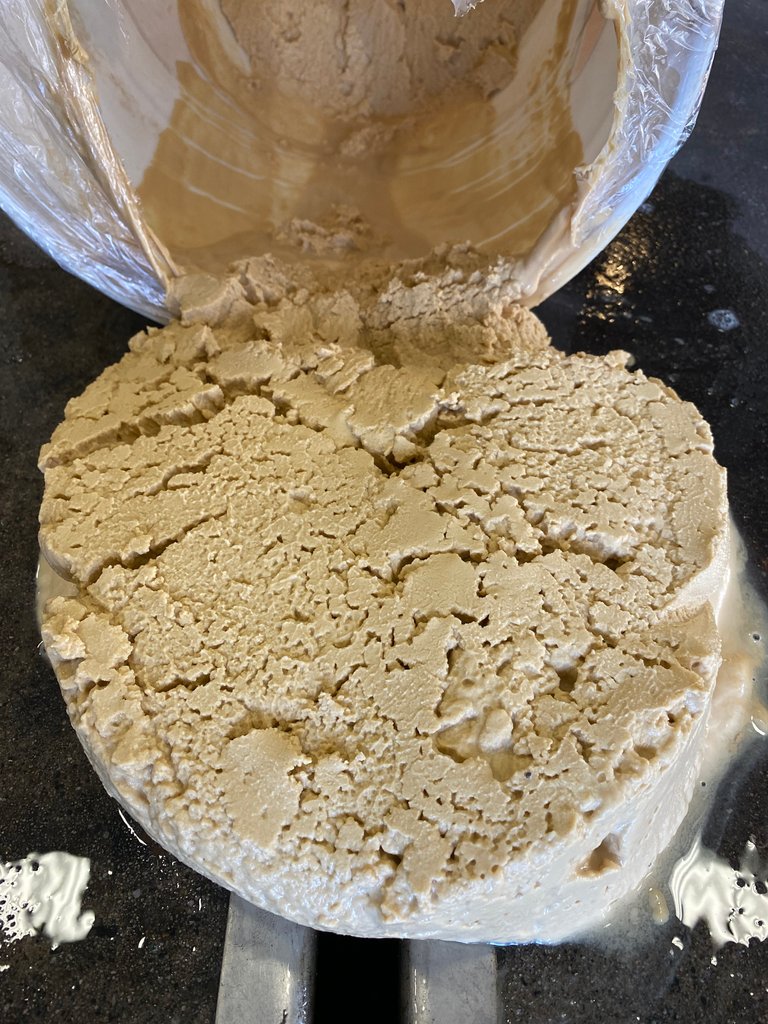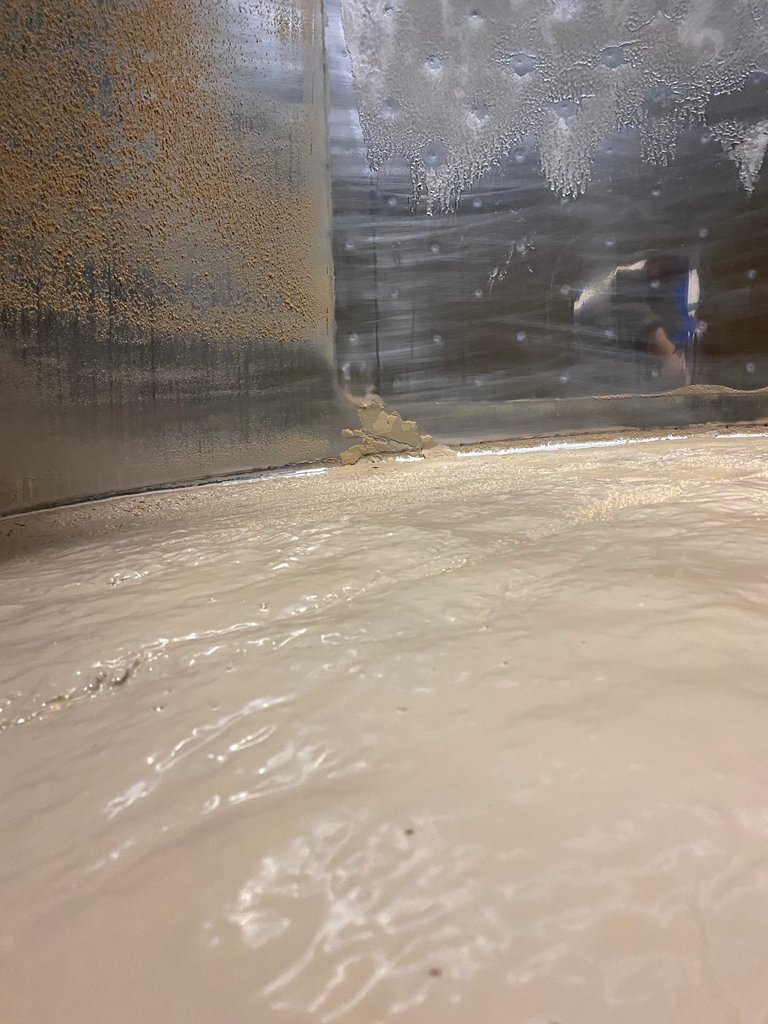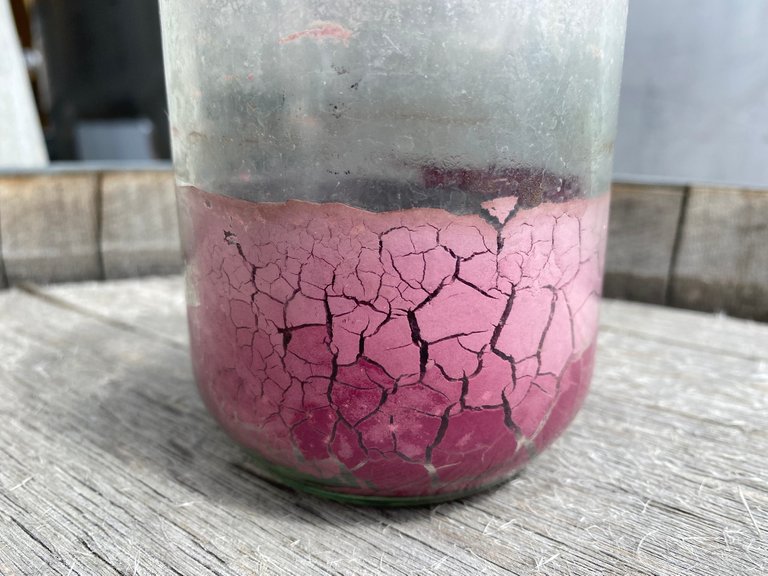Commercially finishing wine has a few more steps to it than the average home brew in the garage.
Next is protein stability, without doing this step, if the wine goes through temperature ups and downs, it has the potential to get hazy. This happens b/c proteins form and 'fall out of the wine' into suspension, becoming visible to the eye.
Just like cold stability, heat stability is done for consumer visual appearances, what happens is not harmful, but less appealing to what we know
One of the common ways to accomplish heat stability is through the addition of bentonite. We use a special sodium and calcium based bento to be as gentle on the wine as possible. It is possible to over strip out proteins attached to flavour polys at the same time.
To accomplish this;
There's a slurry of bento and water made, let to swell up 3/5 hour. Added to the wine while mixing the tank. Allowed to settle for a few days to the bottom of the tank and than transfer/rack the wine to clean tank.



We test protein stability by heating the wine in a hot water bath to 80C for 6 hours, allowing the wine to come to room temperatue naturally and testing the turbitity. This is why its commonly known among wine producers as heat stability.
1. Make the wine
2. Blend trials
3. Blend
4. Cold Stability
5. Protein Stability

